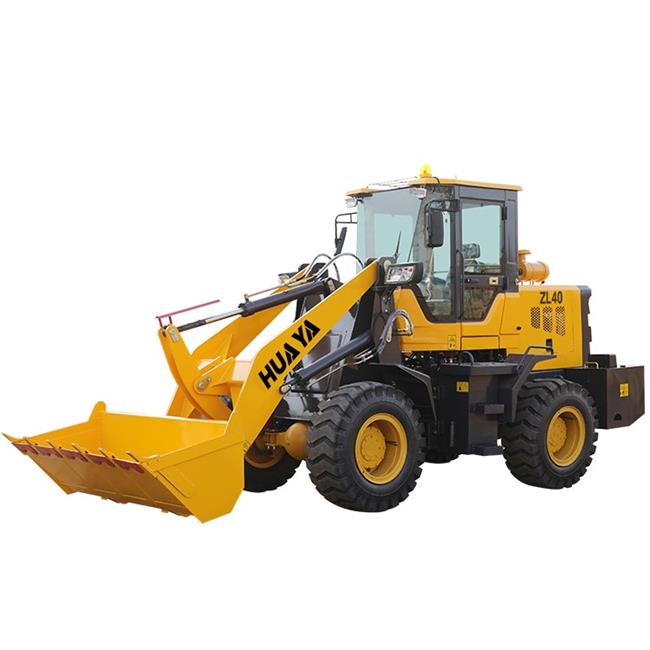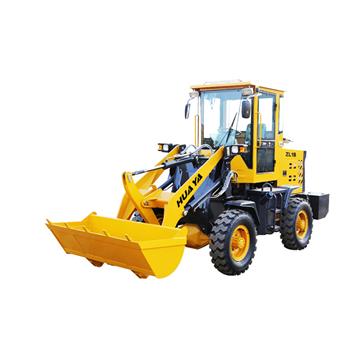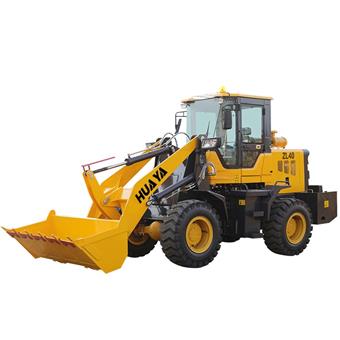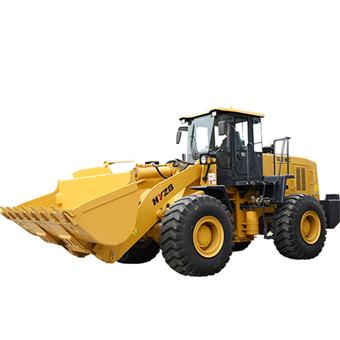
News
Wheel loaders are indispensable in the construction, agriculture, and industrial sectors and are renowned for their versatility and efficiency. These machines, characterized by their large front buckets, are designed to lift, carry, and load materials like soil, gravel, and debris. With a variety of models catering to different tasks, wheel loaders are essential for optimizing productivity in challenging environments.
In this article, we’ll explore the different types of wheel loaders, their features, applications, and tips for selecting the right model for your needs.

Wheel loaders are broadly categorized based on their size and function. Below are the main types:
Compact wheel loaders are smaller machines suitable for light-duty tasks. Their compact size allows them to maneuver easily in tight spaces, making them ideal for urban construction, landscaping, and agriculture.
Features:
Operating weight: 2,000–10,000 kg
Bucket capacity: 0.5–1.5 cubic meters
Fuel-efficient engines
Applications:
Snow removal
Material handling in small areas
Loading trucks with lightweight materials
These loaders are slightly larger than compact models and offer enhanced power and capacity. They are versatile and suitable for medium-duty tasks.
Features:
Operating weight: 10,000–15,000 kg
Bucket capacity: 1.5–3.5 cubic meters
Applications:
Agricultural tasks
Road construction
Municipal projects
Medium wheel loaders are the most popular type, balancing size, power, and efficiency. They are designed for a variety of tasks in construction and mining.
Features:
Operating weight: 15,000–25,000 kg
Bucket capacity: 3.5–7.5 cubic meters
Applications:
Earthmoving
Quarry operations
Heavy-duty material handling
Large wheel loaders are designed for heavy-duty tasks, often found in mining and large-scale construction projects. Their significant capacity and robust design make them indispensable for demanding tasks.
Features:
Operating weight: 25,000 kg and above
Bucket capacity: 7.5–20 cubic meters
Applications:
Mining
Large-scale earthmoving
Port operations
These specialized loaders are equipped with extended boom arms, allowing them to load materials at greater heights.
Features:
Extended reach
Customizable boom attachments
Applications:
Loading materials onto high trucks
Industrial operations requiring high-reach
Factors to Consider When Choosing a Wheel Loader
When selecting a wheel loader, consider the following factors:
Purpose: Match the loader’s size and capacity to your project requirements.
Terrain: Choose a model with appropriate tires or tracks for the work environment.
Engine Power: Ensure the loader’s engine provides sufficient power for the task.
Bucket Size: Select a bucket size that suits the materials you’ll handle.
Attachments: Opt for loaders compatible with multiple attachments for versatility.
Wheel loaders come in various types, each designed for specific tasks and environments. Whether you need a compact model for small-scale landscaping or a large loader for heavy-duty mining, a machine meets your requirements. By understanding the differences and applications of each type, you can make an informed decision that enhances productivity and efficiency.
Investing in the right wheel loader can transform your operations, saving time and reducing labor costs. Explore the options, assess your needs, and choose the perfect wheel loader for your next project.
Wheel loaders are primarily used for loading, lifting, and transporting materials in construction, agriculture, and industrial operations.
Consider your project’s material type, volume, and work environment to determine the appropriate size and capacity.
No, compact wheel loaders are designed for light-duty tasks in small spaces. Medium or large wheel loaders are better suited for heavy-duty operations.
Yes, many wheel loaders are equipped with robust tires and enhanced suspension systems for rough terrains.
Regularly check and maintain the engine, tires, hydraulic system, and bucket to ensure optimal performance and longevity.



